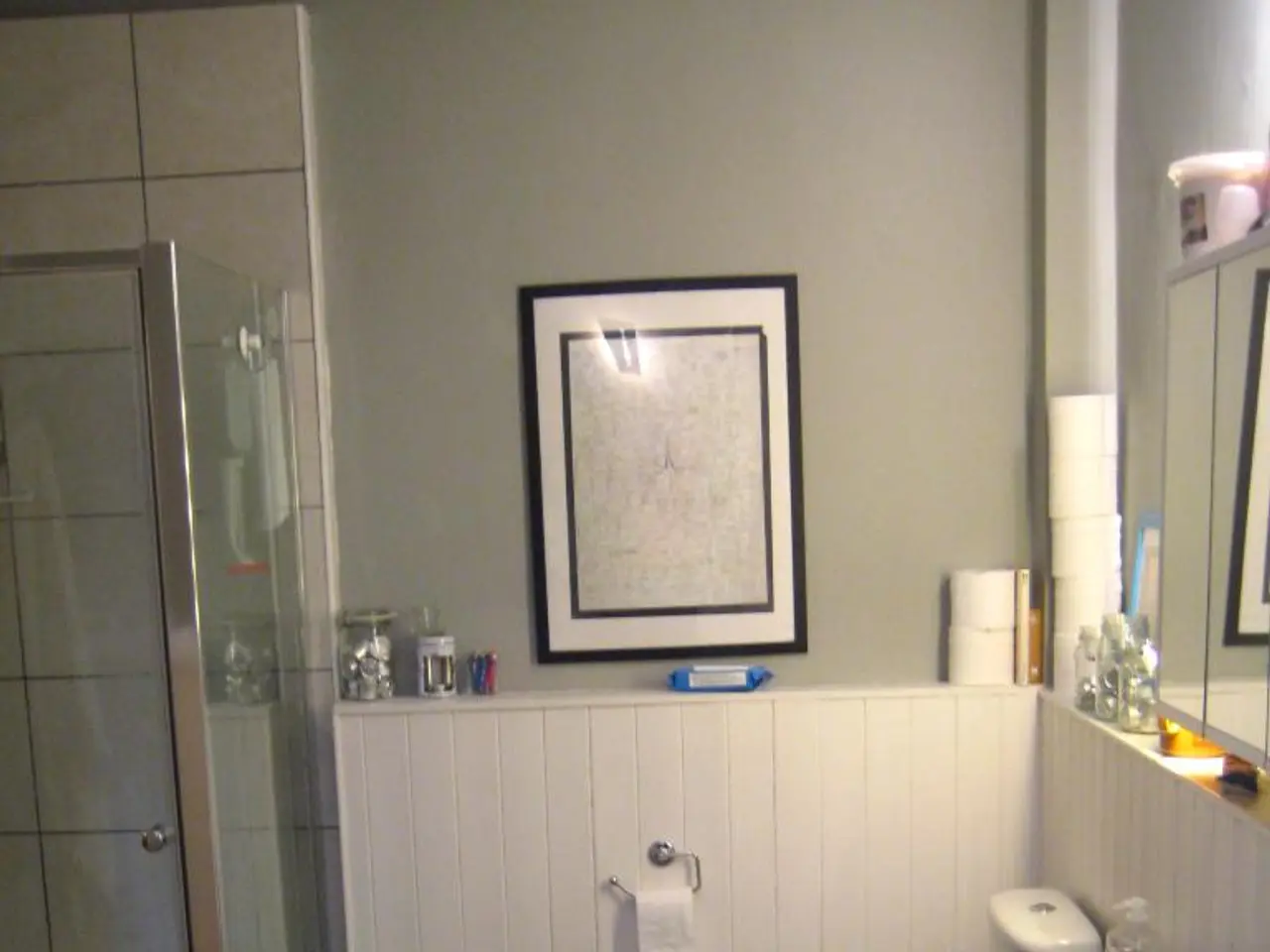Comparing Wet Rooms and Traditional Bathrooms: Balancing Advantages and Disadvantages for Your Decision
When it comes to renovating or designing a bathroom, one of the major decisions homeowners face is whether to opt for a wet room or a traditional bathroom. Both designs offer unique advantages, and understanding the key differences can help you make an informed choice.
**Space and Layout** Wet rooms, with their open-plan, barrier-free layout, are ideal for small bathrooms or those seeking a modern, minimalist look that maximizes the sense of space and light. On the other hand, traditional bathrooms, with separate shower enclosures or baths, may suit larger spaces where distinct zones (shower, bath, vanity) are preferable.
**Waterproofing and Construction** Wet rooms require comprehensive waterproofing throughout the whole space since the shower area is not enclosed, which can increase installation complexity and cost. In contrast, traditional bathrooms can limit waterproofing more specifically to wet zones like showers or baths, potentially simplifying renovation and maintenance.
**Flooring and Materials** Both wet rooms and traditional bathrooms benefit from waterproof, slip-resistant flooring such as tile, vinyl plank, or natural stone. Smaller tiles with more grout lines can improve grip and safety, important considerations whichever type you choose.
**Accessibility and Safety** Wet rooms, with level floors and no steps, can be more accessible and safer for seniors or mobility-impaired users, helping prevent trips and falls. Traditional bathrooms can also be designed with safety in mind but may require ramps or thresholds to navigate shower enclosures.
**Aesthetic Preferences and Design Style** Wet rooms provide a sleek, spa-like, contemporary aesthetic with a seamless flow and the chance to showcase feature tiles and wall-mounted fittings. Traditional bathrooms allow for a more classic or segmented look, sometimes preferred for privacy and defining functional zones in larger bathrooms.
**Ventilation and Moisture Control** Both bathroom types need good ventilation, such as strong exhaust fans, to control humidity and prevent moisture damage to walls and fixtures.
**Budget Considerations** Wet rooms may involve higher upfront costs due to extensive waterproofing and specialized construction. Traditional bathrooms can be more cost-effective to remodel if existing enclosures and layouts are retained.
In conclusion, if you prioritize space-saving, accessibility, and contemporary design, a wet room can be very suitable. If you prefer separate bathing zones, easier renovation, or more traditional styling, a traditional bathroom might be better. Both types require careful material choices and ventilation for durability and safety.
Here's a summary table for easy comparison:
| Factor | Wet Room | Traditional Bathroom | |----------------------|----------------------------------|---------------------------------| | Space | Maximizes openness, great for small spaces | Allows distinct zones, better for larger spaces | | Waterproofing | Whole-room waterproofing required | Targeted waterproofing in wet areas | | Flooring | Needs fully waterproof, slip-resistant surfaces | Similar needs, less exposure in dry zones | | Accessibility | Level floor, barrier-free access | May have steps or thresholds | | Aesthetic | Modern, minimalist, seamless look | More classic, modular design | | Ventilation | Essential to control moisture | Also essential | | Cost | Potentially higher installation cost | Generally lower if reusing layout |
Other factors to consider include water management, freestanding bath ideas, and the age of the family. Wet rooms can save money on maintenance and potentially add value to your home, while traditional bathrooms may offer more room for fixtures like cabinets or shelves. Ultimately, the choice between a wet room and a traditional bathroom depends on your personal preferences, budget, and lifestyle needs.
- To guide your decision on designing a bathroom, the unique advantages of both wet rooms and traditional bathrooms should be carefully considered.
- If you're renovating a small bathroom or prefer a modern, open-plan design, a wet room might be an ideal choice.
- For larger spaces that require distinct zones for shower, bath, and vanity, a traditional bathroom design could be more suitable.
- Comprehensive waterproofing throughout the whole wet room space is a necessity, which may increase installation costs and complexity.
- Traditional bathrooms offer the option to limit waterproofing to wet zones like showers or baths, potentially simplifying renovation and maintenance.
- Waterproof, slip-resistant flooring, such as tile, vinyl plank, or natural stone, is beneficial for both wet room and traditional bathroom designs.
- Smaller tiles with more grout lines may improve safety by providing better grip in both wet room and traditional bathrooms.
- Wet rooms offer an advantage for seniors or mobility-impaired users due to their level floors and barrier-free access, making them safer.
- Despite its advantages, traditional bathrooms can also be designed with safety features such as ramps or thresholds to navigate shower enclosures.
- Wet rooms provide a sleek, spa-like, contemporary aesthetic, while traditional bathrooms offer a more classic or modular look with defined functional zones, catering to personal taste.
- Good ventilation, such as strong exhaust fans, is essential in both bathroom types to control humidity and prevent moisture damage.




